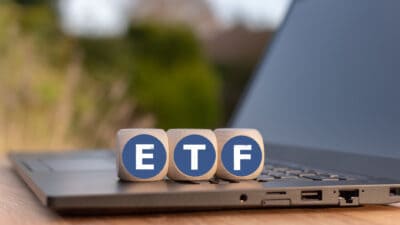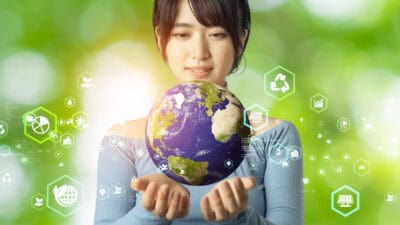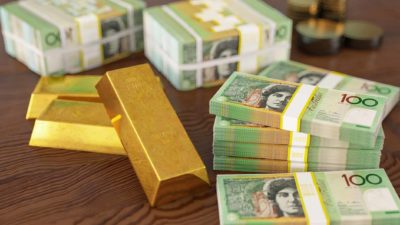Vanguard US Total Market Shares Index ETF (ASX: VTS) shares (units) may be best known for the substantial capital growth it has delivered to investors. However, did you know it also pays dividends?
An exchange-traded fund (ETF) allows investors to buy a large group of businesses in a single investment. The ETF also acts as a conduit for any dividends and distributions it receives from holdings and passes to investors.
With this particular ETF invested in more than 3,700 US-listed businesses, it receives a lot of dividends!
Let's examine how much dividend income the Vanguard US Total Market Shares Index ETF is paying.
VTS ETF dividend yield
The fund provider, Vanguard, tells investors about the fund's key statistics every month. These include performance, the price/earnings and price-to-book ratios, the return on equity (ROE) ratio, the collective earnings growth rate of the underlying businesses, and the dividend yield.
The ASX dividend yield of the Vanguard US Total Market Shares Index ETF is directly influenced by the dividend yield of the underlying holdings. The greater the portfolio's weighting to a particular company, the more it influences the dividend yield.
According to Vanguard, the VTS ETF dividend yield was 1.4% in April 2024.
That's not an exciting dividend yield. It's so low because the portfolio's biggest holdings have low yields or don't pay dividends at all.
For example, the biggest seven positions in the fund's portfolio at 30 April 2024 were Microsoft, Apple, Nvidia, Alphabet, Amazon.com, Meta Platforms and Berkshire Hathaway. Company giants, but none of these stocks have a material yield. So, it's not surprising the VTS ETF can't provide much passive income to investors.
It is fairly common for technology companies — which make up around a third of the fund's allocation –to reinvest much of the profit generated back into the business for further growth rather than distributing it to shareholders.
Can the fund generate cash flow?
Over the past five years, the VTS ETF has delivered an average return per annum of 14.2%. Past performance shouldn't be relied on for future performance, of course.
With that sort of return, an investor could decide to sell around 3% or 4% of the fund's value each year, and the remaining balance could still rise over time thanks to capital growth if the ETF's total returns are more than 4% per annum. That means an ASX dividend yield of 3% or 4% could be achieved through sales, though any gains would be taxable (just like dividends are).
That strategy would only work for a meaningful balance, though, such as above $10,000. Selling $40 of units, for example, would mean the brokerage costs may take up too much of the sale proceeds to be worthwhile.









